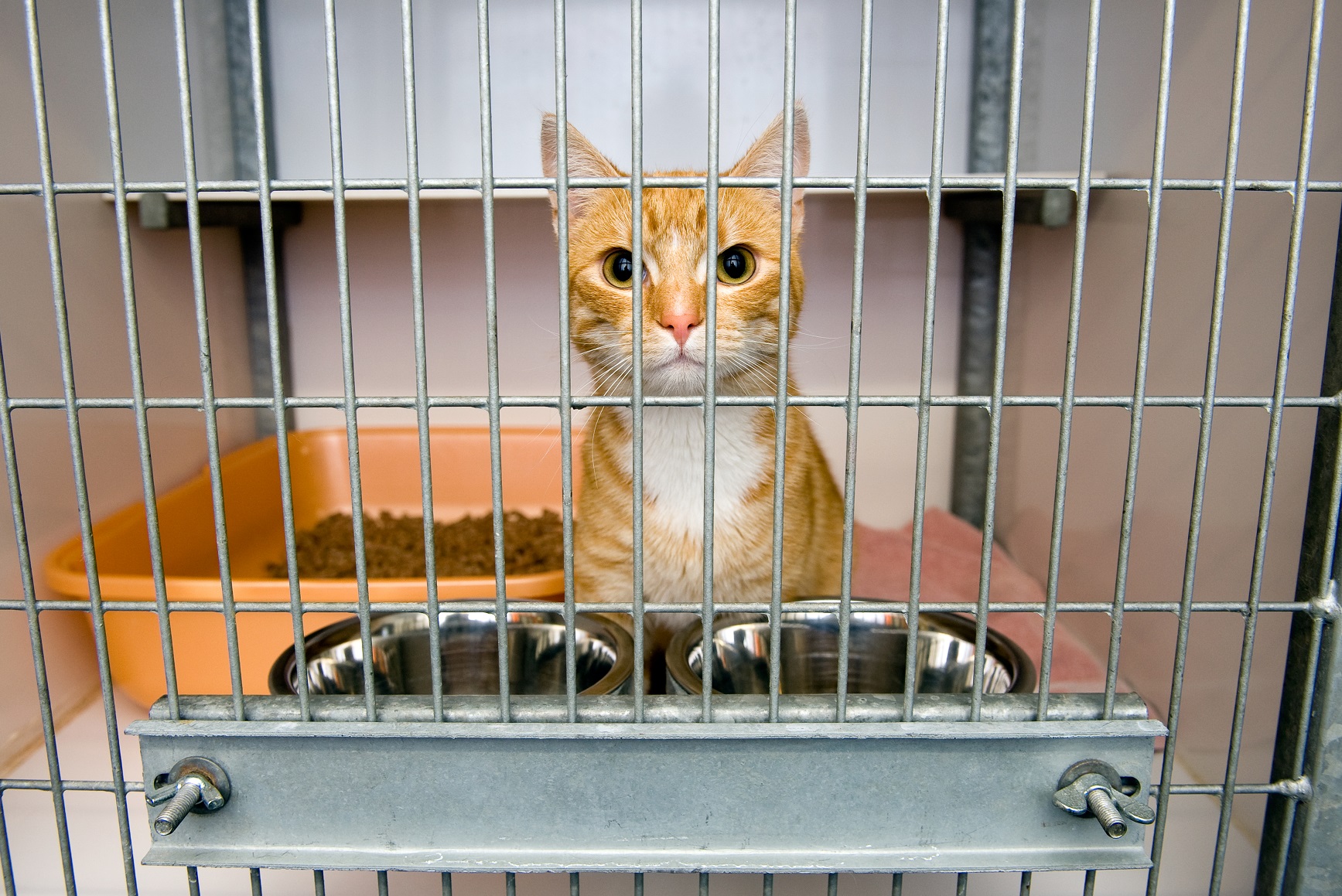Philanthropy: Showing You Care Benefits You, Your Pet Store
Glenn Polyn //October 1, 2021//
We humans are, at our core are social animals. We thrive on contact with others, whether they be our friends or relatives, our chosen loved ones and partners or our pets. We look out for one another, especially in times of crisis and tribulation. Even in dark times, we tend to want to help one another, whether through time, resources, money or even just a kind word. We coined the term “philanthropy” from our ancient forebears, a term that literally means “love for mankind.” As COVID continues to rage and national news seems to be one disaster after another, it sometimes becomes hard to forget what we can do for one another, as a gesture of goodwill.
Within the pet industry, like many others, it can become easy to get lost in the routine. However, some well-chosen philanthropic actions can not only help to support your local community, but can also create fantastic goodwill, and word-of-mouth from your current and future patrons.
One of the easiest ways to act philanthropically is through pure donations. Whether cash, resources or even animals, being able to publicly donate to a worthy cause not only serves as a potential tax write-off, but also endears you to the community at large. An animal shelter, a museum or a zoo that receives a donation from you may offer naming rights, allowing your store’s name to be attached to displays or exhibits, exposing thousands of potential visitors to the positive impact your store makes within your community.
If anyone can speak to the importance of philanthropy in the greater community, it’s Julia Murgatroyd – a former Colubrid breeding manager at Reptiles by Mack and now the lead museum educator at the Joseph Moore Museum at Earlham College in Richmond, Indiana.
“As a nonprofit, we need donations of all types, whether that’s time, actual donations of money or materials or animals that we use for educational programming,” Murgatroyd said.
The Joseph Moore Museum, and many others like it, utilize animals as part of their daily activities, making them a vital part of the educational process in their communities.
“Using live animals in programs allows people to have up-close experiences with animals they may have never heard of, be afraid of or simply don’t understand,” Murgatroyd said. “They can learn to overcome fears, learn more about their natural world or even learn more about how to better keep their own pets, if they’re interested in a given animal.”
Acting in tandem with a museum or zoo allows you to bring both your expertise to bear, but also the expertise of zoologists and animal care specialists in that facility, providing a greater support structure for both the museum or zoo’s animals, but also for your own customers.
Animal shelters find themselves in much the same boat. Many shelters have continual shortage issues on basic supplies: food, bedding, bowls, litter and caging. Providing to a worthy charity grants you goodwill from those charity members, who will now be much more likely to shop in your store. It can also provide opportunities for outreach and advertisement.
Consider hosting an adoption day within your store, partnering with a worthy animal shelter. By doing something as simple as offering a coupon or discount alongside an adoption, you establish the irrefutable fact that you actively support that shelter and offer the materials necessary to care for the animals being adopted. You show that not only that you care, but you’re able to provide the best for someone’s new pet. And, as we have stated time and again in this column: the sale (or adoption) of an animal is only the beginning of your retailer-customer relationship. If a customer can associate your store with their new adopted kitten or a new rainbow boa, they’ll certainly be back within your doors to pick up kitty litter, frozen mice or new toys or decorations for their pet’s home.
Truly, these two only scratch the surface. If you already partner with your local museum, zoo or animal shelter, consider working with nursing homes, hospitals or other long-term care facilities to establish pet visitation days. These cost little more than a few manhours, and can bring your message out to a whole new segment of your community that may have never stepped foot in your store before. You may even want to look to more unorthodox locations like cat cafes, a new concept popularized by city-dwelling millennials eager to bond with animals. A few bags of cat food and litter may earn you the equivalent of thousands in business from patrons, who will go out of their way to support a retailer that helps keep another business’s doors open.
It’s very easy, in the face of the day-to-day grind, to have our heads down and eyes fixed on our next task. But, don’t forget to come up for air out in your community. It’ll be well worth your time.
John Mack is the founder and CEO of Reptiles by Mack. He is also the vice-chair for PIJAC and is on the PIJAC Zoonosis Diseases Committee. His Ohio-based company is widely recognized as one of the largest reptile breeders and suppliers in the USA today.



















